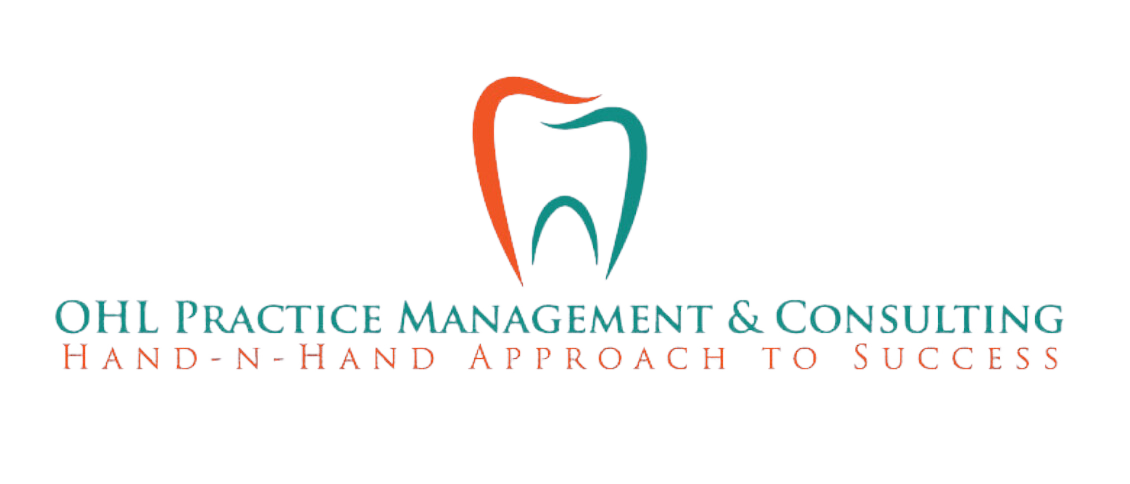“A full night’s sleep shouldn’t feel like a luxury. It should be the baseline for a healthy, functional life.”
But for millions of people dealing with sleep apnea, restful sleep feels more like a distant memory than a nightly guarantee.
Snoring. Gasping. Tossing. Turning. Waking up feeling just as tired as you were the night before. If this sounds familiar, sleep apnea could be silently disrupting your health—and your quality of life.
At Ohl Practice Consulting, we work with dental practices across the country to bring life-changing sleep apnea treatment options into their everyday workflows. Why? Because dentists are uniquely positioned to catch sleep-disordered breathing early, offer treatment, and guide patients back to better sleep.
If you’ve been diagnosed with sleep apnea—or you suspect it might be the reason you’re not waking up refreshed—this guide is for you. We’re going to walk through the most effective treatment options, how they work, who they help, and what kind of results you can expect.
Understanding Sleep Apnea: The Basics
Sleep apnea is a disorder where breathing is interrupted during sleep, usually due to airway obstruction or a breakdown in the brain’s signaling. There are two main types: obstructive sleep apnea (OSA) and central sleep apnea. A third category, complex sleep apnea, is a combination of the two.
OSA, the most common form, happens when the soft tissues in the throat collapse during sleep, blocking airflow. Every time this happens, your brain wakes your body up—usually just enough to resume breathing. Most people don’t remember these micro-awakenings, but they completely disrupt your sleep cycle.
Over time, untreated sleep apnea leads to serious health risks, including high blood pressure, heart disease, Type 2 diabetes, mood disorders, cognitive decline, and even stroke. The good news? With the right treatment, these risks drop dramatically—and your energy, focus, and emotional resilience return.
CPAP Therapy: The Traditional First Line of Defense
CPAP stands for Continuous Positive Airway Pressure. This machine keeps the airway open by delivering a steady stream of air through a mask you wear at night.
It works. No question about that. When used consistently, CPAP can reduce or eliminate apneic events almost entirely. Many patients experience improved sleep, better oxygen levels, and reduced snoring within the first few weeks.
But here’s the catch: a lot of people can’t tolerate it.
CPAP compliance rates hover around 50%, often because patients feel uncomfortable wearing the mask, struggle with air pressure, or simply dislike the noise and inconvenience. When CPAP works, it works beautifully—but only if patients actually use it.
And that’s where dental teams come in.
Oral Appliance Therapy: A Comfortable, Effective Alternative
For patients with mild to moderate obstructive sleep apnea—or for those who can’t tolerate CPAP—oral appliance therapy offers a low-profile, non-invasive solution. These devices are custom-fitted by dentists and worn like a nightguard. They gently reposition the jaw and tongue to keep the airway open during sleep.
They don’t require electricity. They’re easy to travel with. And most importantly, they work.
Patients often notice less snoring, deeper sleep, and better energy levels within days. For many, oral appliance therapy makes the difference between compliance and giving up on treatment altogether.
At Ohl Practice Consulting, we help dental practices implement and manage appliance therapy protocols that are fully integrated with sleep physicians and medical billing—so patients receive the care they need without roadblocks.
Lifestyle Changes: Supporting the Body from the Inside Out
While appliances and CPAP can address the mechanical aspect of sleep apnea, lifestyle changes play a vital role in supporting recovery. Weight management is often a key factor, as excess weight increases pressure on the airway. Cutting back on alcohol and sedatives, especially before bed, can prevent airway relaxation that leads to obstruction.
Sleep position also matters. For some patients, sleeping on their back makes apneic events worse. Training yourself to sleep on your side, sometimes with special pillows or wearable devices, can make a huge difference.
Exercise, consistent sleep routines, and reducing caffeine intake late in the day all help improve sleep quality—and support your body’s natural ability to rest and repair.
Dental teams can play a key role in this conversation, offering practical, judgment-free education that aligns with the patient’s treatment goals. At Ohl, we help practices train their teams to talk about lifestyle in a way that’s empowering, not overwhelming.
Surgical Options: When Other Treatments Aren’t Enough
In severe or complex cases, surgery may be recommended—especially when anatomical issues like enlarged tonsils, a deviated septum, or a narrow airway are involved. Surgical options can range from soft tissue removal in the throat (uvulopalatopharyngoplasty) to more advanced procedures like maxillomandibular advancement or Inspire therapy, which uses a small implanted device to stimulate airway muscles during sleep.
Surgery is never the first option, but for some patients, it’s the one that brings relief after everything else has failed. The key is accurate diagnosis and thoughtful care planning.
That’s why we encourage dental teams to build strong referral relationships with ENTs and sleep surgeons. Collaboration isn’t just best practice—it’s what gets patients the results they deserve.
The Dental Connection: A New Front Door to Sleep Apnea Treatment
For years, sleep apnea care lived exclusively in the world of sleep physicians. But today, dentists are becoming one of the most important access points for diagnosis and treatment—especially for patients who haven’t yet been screened.
By building screening systems directly into hygiene appointments, new patient visits, and routine evaluations, dentists can identify airway risk factors long before medical symptoms spiral. From there, they can guide patients through home sleep testing, medical referrals, and oral appliance therapy when appropriate.
Ohl Practice Consulting specializes in helping dental teams integrate sleep services into their practice in a way that feels natural, ethical, and sustainable. We train teams on screening, communication, documentation, and long-term care—all so patients can experience life-changing improvements without being passed from provider to provider.
Patients benefit. Practices grow. And everyone sleeps better.

